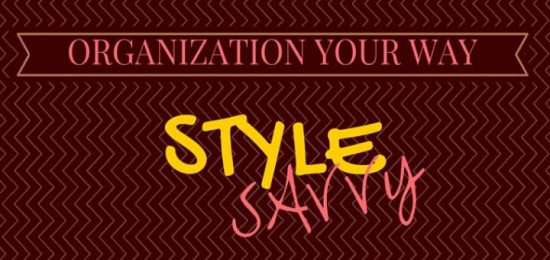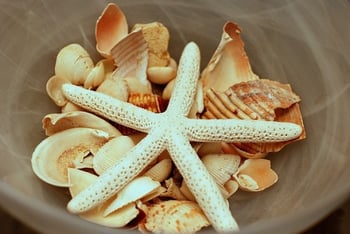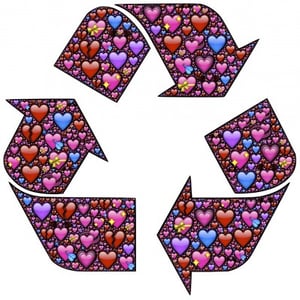 Those with an I love stuff personal style have a love/hate relationship with this time of year. Not only is Thanksgiving a time of abundance in many households, but Christmas is just around the corner. As Santa makes his list and checks it twice, I love stuff folks are making lists of their own. It’s not that they’re greedy or that they’ve forgotten that it’s Jesus’s birthday, it’s just that I love stuff folks:
Those with an I love stuff personal style have a love/hate relationship with this time of year. Not only is Thanksgiving a time of abundance in many households, but Christmas is just around the corner. As Santa makes his list and checks it twice, I love stuff folks are making lists of their own. It’s not that they’re greedy or that they’ve forgotten that it’s Jesus’s birthday, it’s just that I love stuff folks:
- see the potential for shiny treasure in things that others can walk right past.
- develop an attachment to their things.
- are often collectors.
If you’re not an I love stuff person, you’ve probably already figured out the down side to this personal style. Because everything is a treasure to the I love stuff person, these folks sometimes manage to collect so much stuff that they run out of places to put it. While the simple solution to a pragmatic, naturally organized person would be to just get rid of some of their belongings, this is extremely difficult for the person with an I love stuff personal style.
And therein lies the non-love part of the equation. Between Thanksgiving’s abundance and Christmas’s celebration lies Advent, a season of preparation that, in many houses, includes getting rid of our excess stuff in preparation for the celebration that lies ahead.
This, as you can imagine, can be almost painful for those with an I love stuff personal style.
 pixabay.com
pixabay.com
Here are three key ideas to keep in mind for the I love stuff personal style, no matter what the season.
Keep like items together: This often comes naturally to I love stuff people who are collectors. A cluster of similar items or treasures united by a theme (color, function, size, etc.) looks neater than a haphazard group of items that appears to have been dumped on a shelf or table. Unrelated items look like clutter. Items that go together look like a collection.
When acquiring new things, remember form, function & style and aim for two out of three. How will you use that new treasure you’ve got your eye on? If you love it (style) and it serves a purpose (function), it may be worth adding to your collection. Or maybe it's the perfect size for that empty spot on your bookshelf (form) and it will serve as a catchall for little things that litter the space (function), making it a keeper, too. Asking these questions about an item's value to your life before you acquire it will help you avoid unnecessary duplicates, which lead to clutter. Before you take that new treasure home, don't forget to ask yourself where its home within your home will be. The time to realize you have no place to put a new acquisition is before you acquire it.
 pixabay.com
pixabay.com
Remember that Let it go! doesn't have to mean throw it away. De-cluttering is hard for the I love stuff person; getting rid of a beloved item can feel like letting go of a piece of oneself. When it comes to de-cluttering, you’ll make more progress with I love stuff thinkers if you let them determine what's trash and what's treasure (beauty is, after all, in the eye of the beholder) and remember that throwing something away isn't the only option. I love stuff people are often willing to pass (some of) their outgrown treasures along to someone else (and they often have definite opinions as to who should get what). Re-purposing an item can also work since the I love stuff person is usually happy to find a use for a beloved item in order to justify keeping it.
It can be hard to understand another person's style, especially when it's the opposite of your own. As with everything else in life, a little respect goes a long way.
Copyright 2015 Lisa Hess
About the Author

Lisa Hess
Transplanted Jersey girl Lisa Lawmaster Hess is the author of a blog compilation, three novels, and three non-fiction books, including the award-winning Know Thyself: The Imperfectionist’s Guide to Sorting Your Stuff. A retired elementary school counselor, Lisa is an adjunct professor of psychology at York College of Pennsylvania. She blogs at The Porch Swing Chronicles, Organizing by STYLE, and here at Catholicmom.com. Read all articles by Lisa Hess.


.png?width=1806&height=731&name=CatholicMom_hcfm_logo1_pos_871c_2728c%20(002).png)
Comments